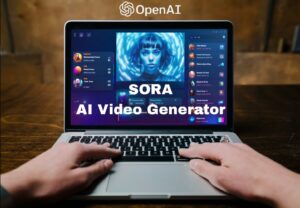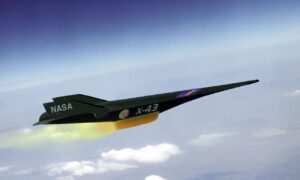Skyscrapers are some of the most impressive and recognizable structures in the world. These towering buildings are a testament to human ingenuity and engineering prowess, but have you ever wondered how they’re actually built? The construction of a skyscraper is a complex and intricate process that requires careful planning, precision, and coordination.

Table of Contents
The Skyscrapers

The first step in building a skyscraper is the design phase. Architects and engineers work together to create a plan that takes into account the building’s purpose, location, and the materials that will be used. Once the design is finalized, the construction process can begin.
The first thing that needs to be done before any building can take place is to prepare the site. This typically involves clearing the land and excavating the foundation. The foundation of a skyscraper is crucial, as it needs to support the immense weight of the building and withstand the forces of nature, such as earthquakes and high winds. Most skyscrapers have deep foundations that are anchored to bedrock to provide stability and support.
After the foundation has been laid, the structural framework of the building can be constructed. Skyscrapers are typically built using a steel or concrete frame, which provides the building with its strength and stability. The framework is erected using cranes and other heavy machinery, and each floor is added one at a time. As the building grows taller, the construction crews use platforms and scaffolding to access different areas of the building.
Once the framework is in place, the exterior and interior of the building can be completed. Workers install the windows, insulation, and other materials that make the building weather-tight and energy-efficient. The interior spaces are then finished with drywall, flooring, and other fixtures to create a functional and comfortable environment for occupants.
Throughout the construction process, safety is a top priority. Skyscrapers are built using strict safety protocols and standards to protect the workers and ensure the building’s structural integrity. Safety equipment, such as harnesses and hard hats, are worn at all times, and regular inspections are conducted to identify and address any safety concerns.
Another important factor in the construction of a skyscraper is environmental impact. Builders strive to minimize the environmental impact of the construction process by using sustainable materials and practices. Additionally, many skyscrapers incorporate green technologies, such as solar panels and energy-efficient systems, to reduce their carbon footprint and overall environmental impact.
The building of a skyscraper is a complex and demanding process that requires careful planning, precise execution, and a keen eye for detail. From the initial design phase to the final finishing touches, constructing a skyscraper is a monumental undertaking that requires the expertise and dedication of a skilled team of professionals. The result is a breathtaking and iconic structure that stands tall as a symbol of human achievement and innovation.
Components and materials used in the construction of a skyscraper
1. Steel frame or concrete core: Skyscrapers are typically constructed using a steel frame or a concrete core to provide structural support and stability.

2. Facade materials: Skyscrapers often have a combination of glass, aluminum, and other lightweight materials for the exterior facade to provide insulation, natural light, and aesthetic appeal.

3. Elevators and mechanical systems: Skyscrapers require advanced elevator systems and mechanical infrastructure for ventilation, heating, cooling, and other essential services.
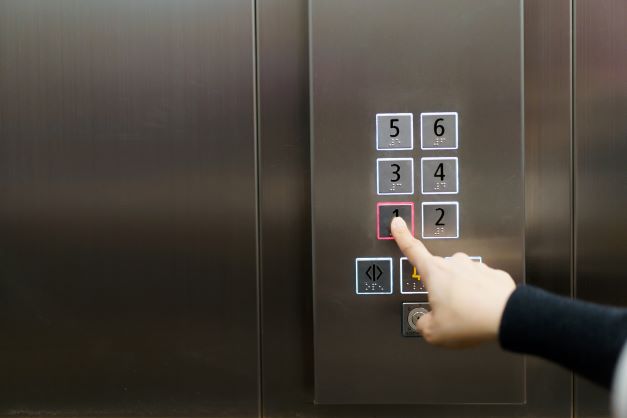
4. Foundation: Skyscrapers require a strong and stable foundation to support the weight of the building and withstand potential ground movements.

5. Fire protection systems: Skyscrapers are equipped with advanced fire protection systems, such as sprinklers, fire alarms, and fire-resistant materials, to ensure the safety of occupants.
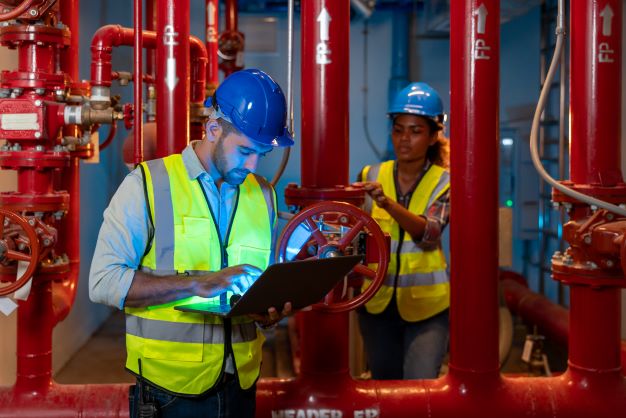
6. Electrical and plumbing systems: Skyscrapers have complex electrical and plumbing systems to meet the needs of multiple occupants and provide essential utilities for the building.
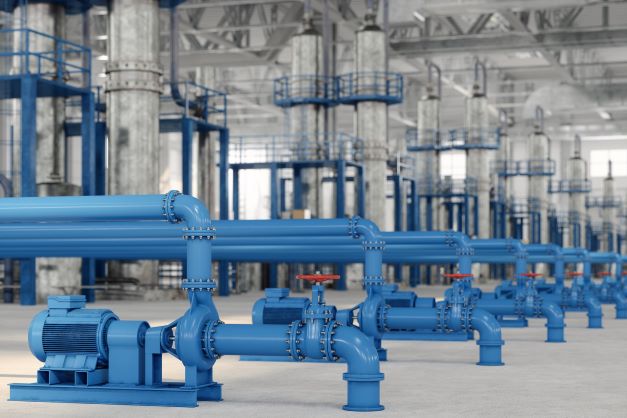
7. Interior materials: Skyscrapers use a variety of interior materials, such as drywall, flooring, and finishes, to create functional and aesthetically pleasing spaces for occupants.

The construction of a skyscraper requires advanced engineering and a wide range of materials to create a safe, functional, and visually appealing building.
Design and engineering considerations for constructing a skyscraper:
- Structural integrity: Skyscrapers need to be able to withstand strong winds, earthquakes, and other natural forces. This requires the use of strong materials such as steel and concrete, as well as advanced engineering techniques to ensure the building can support its own weight and the weight of its occupants.
- Foundation: The foundation of a skyscraper needs to be able to support the weight of the entire building, as well as resist movement from the surrounding soil. This often requires deep pile foundations or other innovative techniques to spread the building’s weight over a large area.
- Vertical transportation: Skyscrapers need to be able to efficiently move large numbers of people between floors. This requires careful planning of elevator systems, as well as the placement of stairwells and other vertical transportation methods.
- Mechanical systems: Skyscrapers require sophisticated HVAC, plumbing, and electrical systems to keep occupants comfortable and safe. These systems need to be carefully designed to fit within the building’s limited space and to be energy-efficient.
- Fire safety: Skyscrapers need to be able to quickly and safely evacuate occupants in the event of a fire. This requires careful planning of escape routes, as well as the use of fire-resistant materials and innovative firefighting technologies.
All of these factors contribute to the overall building process by requiring close collaboration between architects, engineers, and construction professionals. Skyscrapers are some of the most complex and challenging structures to build, and careful consideration of design and engineering factors is crucial to their successful construction and operation.
Technological advancements and innovations play a crucial role in the modern construction of skyscrapers. These advancements have enabled engineers and architects to design and construct taller, more efficient, and stronger buildings.
Technological advancements that have impacted the construction of skyscrapers
1. Advanced materials: The development of high-strength materials, such as steel, concrete, and glass, has enabled the construction of taller and more lightweight skyscrapers. These materials offer greater durability and flexibility, allowing for more creative architectural designs and efficient construction processes.
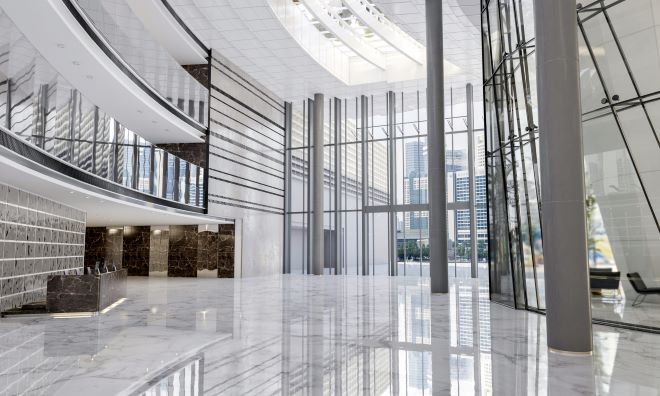
2. Building information modeling (BIM): BIM technology allows for the creation of detailed 3D models that integrate all aspects of a building’s design and construction. This enables architects and engineers to better visualize and plan the construction process, leading to more efficient and cost-effective construction of skyscrapers.
3. Prefabrication and modular construction: Technological advancements have enabled the use of prefabricated and modular construction methods, allowing for the fabrication of building components off-site and their assembly on-site. This approach reduces construction time and costs while improving overall quality and safety.
4. Advanced construction methods: Innovations in construction techniques, such as advanced formwork systems, 3D printing, and robotic construction, have enabled the efficient and precise construction of skyscrapers. These methods result in faster construction timelines and reduced labor costs.
5. Sustainable design and construction: Technological advancements have facilitated the incorporation of sustainable practices and materials in the construction of skyscrapers. This includes the use of energy-efficient systems, green building materials, and advanced building management technology to reduce environmental impact and enhance the overall performance of skyscrapers.
Technological advancements and innovations have revolutionized the construction of skyscrapers, enabling the development of taller, more efficient, and sustainable buildings. These advancements have not only pushed the boundaries of architectural design but also improved the safety, durability, and overall sustainability of modern skyscrapers.
Safety of Workers and the Surrounding Environment
Architects and engineers ensure the safety of workers and the surrounding environment during the construction of skyscrapers by following strict safety regulations and implementing various measures to minimize potential risks and accidents.
One of the main measures taken to ensure safety is the implementation of comprehensive safety plans and protocols. This includes conducting thorough risk assessments and safety inspections, as well as developing emergency response plans and procedures. Architects and engineers also work closely with construction workers to ensure that they are properly trained and equipped to handle the various hazards present on a construction site.
In addition, architects and engineers utilize advanced engineering and construction technologies to minimize potential risks and accidents. This includes the use of advanced building materials, construction techniques, and safety equipment. For example, engineers may use building information modeling (BIM) software to create digital models of the skyscraper, allowing them to identify and address potential safety hazards before they occur. They may also implement features such as advanced safety harness systems, scaffolding, and fall protection equipment to protect workers at heights.
Architects and engineers work closely with regulatory agencies to ensure that all construction activities comply with relevant safety standards and codes. They also conduct regular safety audits and inspections to identify and address any potential safety issues.
Architects and engineers play a critical role in ensuring the safety of workers and the surrounding environment during the construction of skyscrapers by implementing comprehensive safety plans, utilizing advanced technologies, and working closely with regulatory agencies to minimize potential risks and accidents.
Frequently Asked Questions
Skyscrapers are constructed using a combination of steel or concrete frameworks, as well as glass curtain walls. Construction typically begins with the excavation and installation of the building’s foundation, followed by the construction of the steel or concrete framework, and then the installation of the glass curtain walls.
Skyscrapers are primarily constructed using steel and concrete. These materials provide the strength and stability necessary to support the immense weight and height of a skyscraper. In addition, glass is used for the curtain walls to provide natural light and aesthetic appeal.
The process of building the foundation for a skyscraper involves excavation, the pouring of concrete, and the installation of steel reinforcement bars. The foundation must be strong enough to support the weight of the entire building and withstand the forces of wind and seismic activity.
The structural framework of a skyscraper is constructed using steel or concrete columns and beams. These components are assembled and connected together to form a rigid and sturdy framework that provides the structural support for the entire building.
Glass curtain walls are installed on a skyscraper using a combination of aluminum framing and tempered glass panels. The framing system is attached to the building’s structural framework, and the glass panels are then installed within the framing system to create the exterior façade of the building.
Safety measures during the construction of skyscrapers include the use of personal protective equipment for workers, adherence to strict building codes and regulations, regular inspections of the construction site, and the implementation of safety protocols to prevent accidents and injuries.
The construction timeline for a skyscraper can vary depending on the size, complexity, and location of the building. However, it can take several years to complete the construction of a skyscraper from start to finish, including the planning, design, and construction phases.
Some of the challenges involved in building a skyscraper include the need for advanced engineering and design, the logistics of transporting and assembling materials at great heights, the management of construction costs and schedules, and the coordination of multiple trades and contractors working on the project. Additionally, skyscrapers must also be designed to withstand extreme weather conditions, seismic activity, and other environmental factors.
























